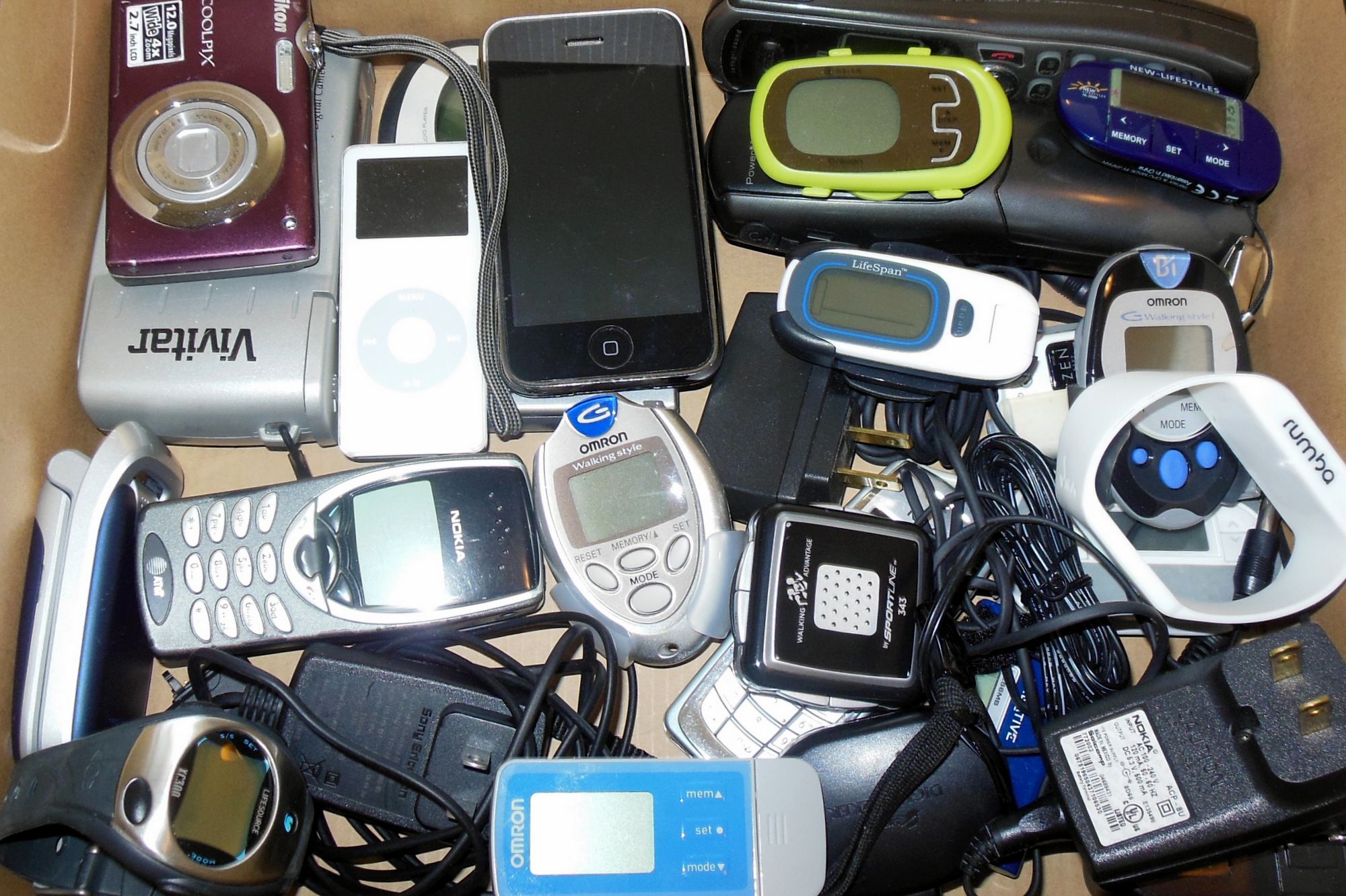
Automation is being sold to us as a panacea.
Removing irrational human impulses will make planes, trains, automobiles, and other machines more secure.
In early March, a current Boeing 737 Max jetliner plunged from the sky, killing all 157 passengers and crew aboard Ethiopian Airlines Flight 302
It becomes the second such crash in four months, grounding the plane all over the globe and elevating the hypothesis the trouble is software program-related.
Automation-software program shares were grounded in conjunction with the Boeing jet. It’s an opportunity rare for investors.
The Max is an aerospace engineering oddity.
The fourth-generation 737 seats up to 230 passengers, a 27% bump over the conventional.
Large CFM turbofan engines, located in advance of the wing, different split-tip winglets, and different modifications make the plane 14% more gasoline-green.
YOU MAY ALSO LIKE
Unfortunately, the rejiggered avionics brought an unintended result.
The nostril of Max aircraft often lifts at some stage in high angles of attack and steep turns. Both are maneuvers not unusual for takeoffs. In the worst case, this function ought to purpose stalling.
To compensate, Boeing engineers applied the Maneuvering Characteristics Augmentation System.
MCAS is a fixed anti-stall software protocol that robotically raises the tail flags and decreases the nose.
Last October, 189 passengers were killed in Indonesia when a Lion Air jet crashed mins into a flight. It became the primary time a Max aircraft failed. Preliminary findings advise a defective sensor coupled with MCAS may be accountable.
Similarities to the Ethiopian Airlines crash are alarming.

The captain of Flight 302 said a flight managed trouble just after takeoff, The New York Times reported. And air site visitors controllers observed the plane changed into flying unevenly, gaining and losing loads of toes in altitude.
The reaction from Boeing has been brisk. The organization promised a software fix and full cooperation with all ongoing investigations.
With its unapparelled gas performance, the Max has become an image for technological innovation. It’s additionally an enterprise workhorse. The plane is in use at sixty-nine airways around the world. Backorders now exceed 5,000 devices.
This jetliner’s relatively low failure charge is essential for a groundswell of consumer self-assurance.
We take without any consideration that business planes are safe. We assume they can fly and even land using automation.
It’s a transformation this is gambling out in high-speed trains and vehicles, too.
DAF, a unit of PACCAR, verified self-sufficient truck generation in 2016.
Elon Musk, the leader executive of Tesla, promises a completely self-using automobile with the aid of the cease of 2020.
One way or another, automation is soon coming to all transportation regions.
The Ethiopian Airlines tragedy is a setback. But it’ll not change the trend.
PTC Inc. Gives a comprehensive manner to invest in automation. Its commercial innovation platform has been embraced throughout each sector. Central agencies use PTC software to automate processes and maximize competitiveness from aerospace and car to oil, gasoline, and retail.
The Boston organization boasts 800 companions and developer surroundings 550,000 sturdy. They have all targeted one great idea: Networks of related things should provide overall consciousness. PTC software makes one’s connections seamless.
ThingWorx, its Internet of Things platform, permits companies to quickly construct, connect and examine networks of sensors, machines, and software program protocols. According to IT research corporations Gartner, IDC, and many others, ThingWorx is high-quality-in-magnificence.













